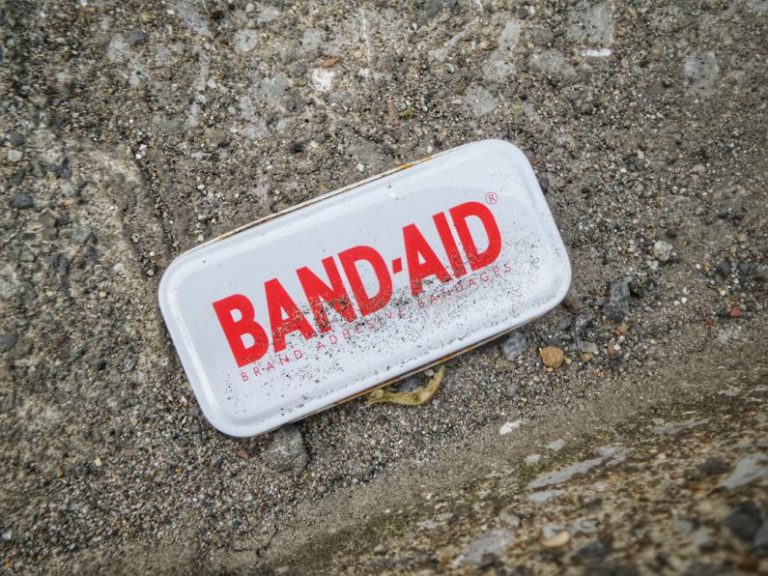The Link between Driving Habits and Retreaded Tire Wear
Driving habits play a significant role in the wear and tear of retreaded tires. As drivers, we often overlook the impact our behaviors behind the wheel can have on the longevity and performance of our tires. Understanding the link between driving habits and retreaded tire wear is crucial in ensuring both safety on the road and cost-effective maintenance of our vehicles.
**The Impact of Acceleration and Braking**
One of the key factors that contribute to the wear of retreaded tires is the way drivers accelerate and brake. Quick acceleration and sudden braking put excessive stress on the tires, leading to uneven wear patterns. When a driver accelerates rapidly, the tires have to work harder to grip the road, causing them to wear out faster. Similarly, abrupt braking can cause the tires to skid and slide, wearing down the tread more quickly.
**The Role of Speed and Cornering**
Speeding and aggressive cornering can also take a toll on retreaded tires. Driving at high speeds generates more heat in the tires, which can accelerate wear. Additionally, taking corners too sharply puts extra strain on the tires, causing them to wear unevenly. By maintaining a steady speed and taking corners smoothly, drivers can help prolong the life of their retreaded tires.
**The Importance of Proper Tire Inflation**
Another crucial aspect of tire maintenance that is often influenced by driving habits is tire inflation. Driving with underinflated or overinflated tires can lead to premature wear and reduce the overall lifespan of retreaded tires. Underinflated tires cause increased friction with the road, leading to excessive heat buildup and wear. On the other hand, overinflated tires are more prone to damage from road hazards and can wear out faster.
**The Effect of Driving Conditions**
Driving conditions also play a significant role in the wear of retreaded tires. Rough roads, potholes, and debris on the road can cause damage to the tires, affecting their durability. Harsh weather conditions such as extreme heat or cold can also impact tire wear. By being mindful of driving conditions and adjusting their driving habits accordingly, drivers can help mitigate the effects of these factors on retreaded tires.
**Tips for Preserving Retreaded Tires**
To maximize the lifespan of retreaded tires and ensure optimal performance, drivers can follow these tips:
– Maintain proper tire inflation: Regularly check and adjust tire pressure to the manufacturer’s recommendations.
– Avoid aggressive driving: Accelerate and brake smoothly to reduce wear on the tires.
– Drive at moderate speeds: Avoid excessive speeding to prevent overheating and premature wear.
– Rotate tires regularly: Rotate tires at recommended intervals to promote even wear across all tires.
– Inspect tires for damage: Check tires for signs of wear, punctures, or bulges regularly and address any issues promptly.
**Ensuring Longevity and Safety**
In conclusion, the link between driving habits and retreaded tire wear is undeniable. By being mindful of how we drive and taking proactive steps to maintain our tires, we can prolong their lifespan, improve fuel efficiency, and enhance overall safety on the road. By understanding the impact of acceleration, braking, speed, cornering, tire inflation, and driving conditions on retreaded tires, drivers can make informed choices that benefit both their vehicles and their wallets. By practicing good driving habits and prioritizing tire maintenance, we can ensure that our retreaded tires serve us well for miles to come.






